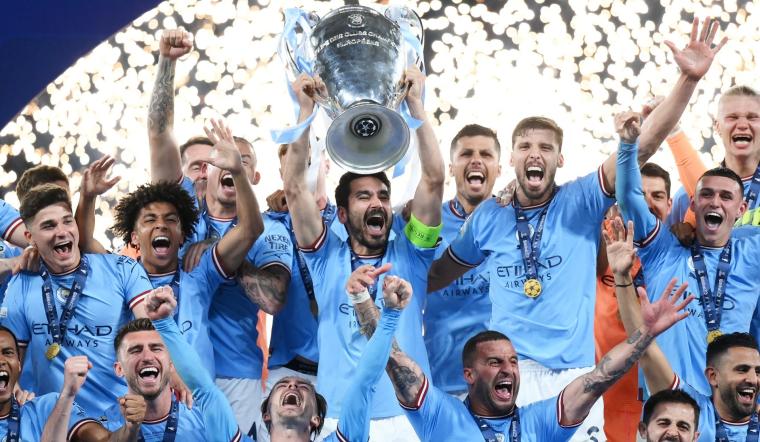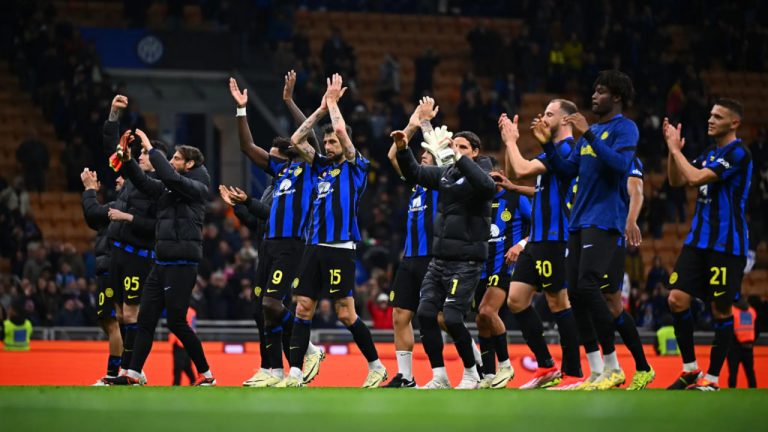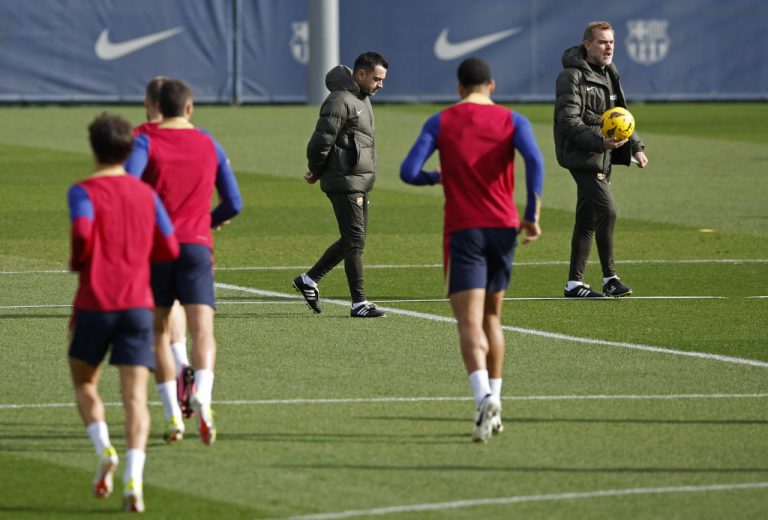Exploring the Intricacies of the New Champions League Format: A Detailed Analysis
The upcoming season heralds a significant evolution in the formats of the Champions League, Europa League, and Europa Conference League. With 36 teams set to participate in a revamped league phase, replacing the traditional group stage, football enthusiasts worldwide are eager to understand the intricacies of this new structure. So, how exactly will it operate?
Expansion and Allocation of Additional Spots:
The inclusion of four additional teams brings the total number of participating teams to 36, departing from the previous 32-team setup. These extra slots will be distributed based on league positions and UEFA’s coefficient rankings, mirroring the existing criteria for tournament qualification.
Of the four new spots, one will be granted to the club finishing third in the league ranked fifth by UEFA’s coefficient, augmenting the number of teams qualifying through the champions’ path to five. Another spot will be reserved for a domestic champion, expanding opportunities for clubs from various leagues to compete on the European stage. The remaining two places will be awarded to leagues occupying the top two positions in UEFA’s coefficient rankings, with performances in the Europa League and Conference League also taken into account.
Get real-time football scores here!
The League Phase:
A departure from the conventional group stage, all 36 participating teams will partake in a single league format. Each team will engage in fixtures against eight league opponents, heralding a more extensive and competitive phase.
In the Champions League and Europa League, teams will be categorized into four seeding pots for the draw, with each team slated to encounter two opponents from each pot. Of these matchups, four games will be hosted at home, while the remaining four will be played away, ensuring a balanced and equitable distribution of fixtures. Similarly, in the Europa Conference League, teams will be grouped into six seeding pots, each facing six opponents to foster a diverse and dynamic competition landscape.
Progression to the Knockout Stage:
The top eight teams emerging from the league phase will seamlessly transition to the last 16 of each respective competition. Meanwhile, teams ranked from ninth to 16th will engage in a knockout play-off against counterparts finishing 17th to 24th. This playoff will determine the final eight clubs advancing to the round of 16, where they will encounter the top-eight finishers from the league phase.
For teams failing to secure a top-24 placement, elimination from the competition becomes inevitable, emphasizing the stringent nature of qualification and the significance of performance in the league phase.
Unified Vision and Solidarity:
UEFA’s endorsement of the revamped format underscores its unwavering commitment to upholding the core principles of sport and fostering a climate of open competition. Through a unanimous decision by the UEFA Executive Committee, in collaboration with stakeholders such as the European Club Association, European Leagues, and national associations, the proposal reflects a collective dedication to preserving the ethos of sporting merit and solidarity-based competition.
As UEFA President Aleksander Čeferin aptly articulates, the unanimous endorsement signifies the unity prevailing within European football, reaffirming the sport’s resilience and cohesion amidst evolving landscapes.
In Conclusion:
The forthcoming implementation of the new Champions League format heralds an era of innovation and inclusivity, poised to redefine the contours of European football competition. With an expanded league phase, revised qualification criteria, and a renewed emphasis on sporting merit, the stage is set for an exhilarating journey filled with intrigue, drama, and unforgettable moments. As clubs and fans alike anticipate the dawn of this transformative chapter, the spirit of competition and solidarity remains paramount, underscoring football’s enduring capacity to unite and inspire.







